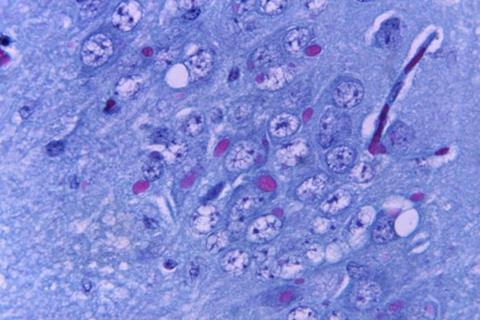Researchers have developed a procedure that could help researchers catch up to rapidly mutating microbes with an AutoPLP technique that designs nucleic acid probes to detect new variants quickly, accurately and easily.

Many diagnostics, such as those based on the polymerase chain reaction (PCR) detect pathogens by analyzing genetic material. Rolling circle amplification (RCA) works in a similar way, though an advantage is that it doesn’t involve the complex temperature cycling that PCR does.
Both techniques require nucleic acid probes with sequences matching those of the target pathogen in specific locations, but RCA uses highly specific “padlock probes” (PLPs).
As a pathogen mutates, its genetic sequence changes as well, and researchers have to keep redesigning their probes. So Sowmya Krishnan, Ruben Soares, M. Michael Gromiha and Narayanan Madaboosi, at Indian Institute of Technology, wanted to create a tool that could not only design these PLPs automatically, but also, for the first time, systematically consider all the necessary technical parameters at once to make the entire process easier and more robust.
Their tool, a computer programme called “AutoPLP,” was named after the PLPs it designs. The programme, outlined in ACS Infectious Diseases, can take the genome sequences of similar pathogens as input and run a series of analyses and database searches, outputting a set of customized PLP sequences.
The team used the programme to design probes against the rabies virus, a virus transmitted between animals and people, and Mycobacterium tuberculosis, the bacterium responsible for tuberculosis, and compared them to previously reported ones.
For the rabies virus, AutoPLP targeted three genes, yielding probes with a higher and narrower range of melting temperatures than those in the literature. For M. tuberculosis, they designed a total of 13 probes specifically targeting two genes responsible for drug-resistant strains with the program. The researchers say that this tool could help hasten the discovery of new pathogen variants, helping combat them rapidly and effectively via precise molecular diagnostics.







No comments yet